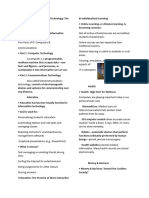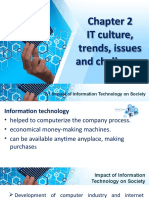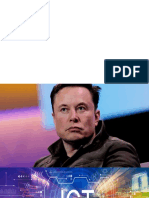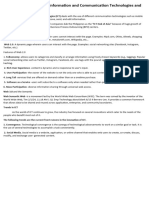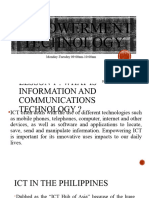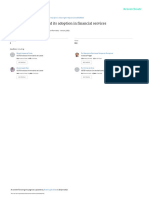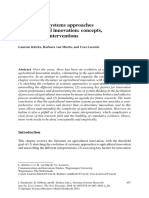0% found this document useful (0 votes)
47 views21 pagesChapter 1.0 Introduction, History of Computer
The document discusses how technology has changed rapidly over time, including the development of computers, cell phones, social media, telemedicine, e-commerce, artificial intelligence, and robots. It also examines some issues that have arisen from new technologies like privacy concerns with cell phones and social media.
Uploaded by
NOR HIDAYU SHAMSHUDINCopyright
© © All Rights Reserved
We take content rights seriously. If you suspect this is your content, claim it here.
Available Formats
Download as PPTX, PDF, TXT or read online on Scribd
0% found this document useful (0 votes)
47 views21 pagesChapter 1.0 Introduction, History of Computer
The document discusses how technology has changed rapidly over time, including the development of computers, cell phones, social media, telemedicine, e-commerce, artificial intelligence, and robots. It also examines some issues that have arisen from new technologies like privacy concerns with cell phones and social media.
Uploaded by
NOR HIDAYU SHAMSHUDINCopyright
© © All Rights Reserved
We take content rights seriously. If you suspect this is your content, claim it here.
Available Formats
Download as PPTX, PDF, TXT or read online on Scribd
/ 21






















